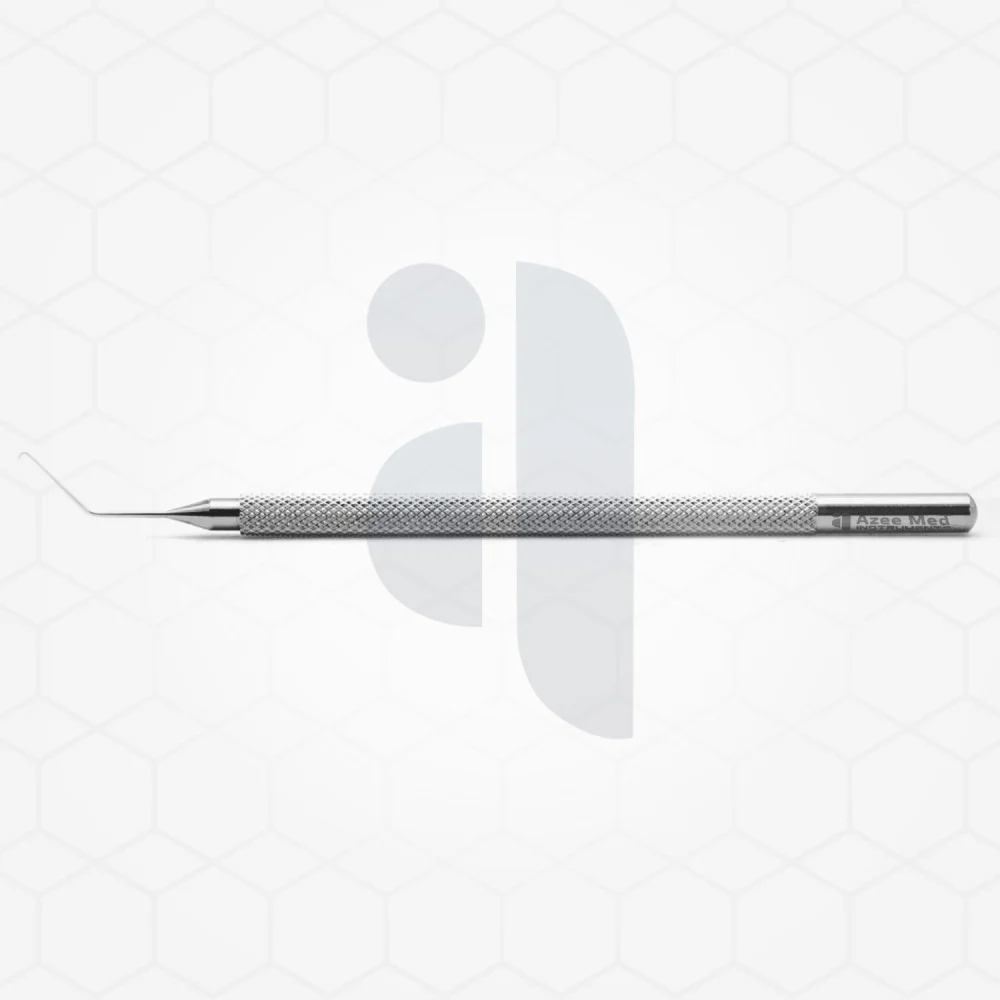Ancillary items play a crucial role in the medical field, providing necessary support to ensure that primary medical equipment functions effectively. While they may not always be the focal point of a procedure or treatment, ancillary items enhance the safety, comfort, and efficiency of medical operations. These tools, which include everything from sterile drapes to bandages, are indispensable in a variety of medical settings, ranging from hospitals to outpatient clinics. By understanding the value and versatility of ancillary items healthcare providers can ensure they are fully equipped to deliver optimal care.
Types of Ancillary Items
The term "ancillary items" encompasses a broad range of products that assist in patient care, surgical procedures, and the overall functionality of healthcare facilities. These items are often complementary to primary instruments and help in everything from sterilization to post-operative care.
Sterile drapes and covers are fundamental in creating a clean and safe environment for surgeries. They help protect both the patient and the surgical team from infections by covering parts of the body or the operating field. Other protective gear, such as gloves, gowns, and face masks, also falls under this category, ensuring that medical personnel are shielded from contaminants.
Bandages, gauze, and dressings are used to cover wounds and manage post-surgical recovery. These items are vital in preventing infection and controlling bleeding while promoting healing. Similarly, disposable syringes, needles, and IV tubing are essential for administering medications, fluids, and nutrients to patients, playing a critical role in medical treatments and emergency care.
Role of Ancillary Items in Surgical Procedures
In the operating room, ancillary items help create a safe and sterile environment. Surgical drapes, for example, are strategically placed to maintain hygiene and visibility during surgery. They prevent contamination by covering the patient's body and any non-sterile surfaces. Surgical sponges and towels, commonly used in conjunction with these drapes, absorb fluids and assist in maintaining a dry and clean surgical site.
Instruments like suction devices, retractors, and surgical clips also rely on the supporting role of ancillary items. They help maintain the visibility of the surgical field and ensure that surgeons can perform delicate operations without interference. Similarly, cautery devices, used for tissue dissection or coagulation, require ancillary items like grounding pads and electrical connections to ensure safe operation.
Post-Procedure Support with Ancillary Items
Once a surgery or medical procedure is complete, ancillary items continue to play an important role in patient recovery. Aftercare products, including pain relief patches, compression stockings, and orthopedic braces, help manage discomfort and promote healing. These items are often designed to provide support during the rehabilitation process, allowing patients to regain mobility and function.
In addition to physical support, ancillary items such as patient monitoring equipment, including thermometers, pulse oximeters, and blood pressure cuffs, are vital for observing a patient's recovery in the immediate aftermath of surgery. These tools allow medical staff to detect any changes in the patient's condition early, ensuring prompt intervention if necessary.
Importance of Quality and Safety in Ancillary Items
As with any medical equipment, the quality and safety of ancillary items are paramount. Substandard products can compromise the outcome of procedures, hinder recovery, and even cause adverse effects. Healthcare facilities are expected to adhere to stringent standards when sourcing ancillary items to guarantee that they meet safety and performance guidelines. This is particularly important in items like sterile dressings, which are directly linked to infection control and patient well-being.
Manufacturers and distributors of medical products must ensure that ancillary items are tested for durability, sterility, and compatibility with primary surgical instruments. Proper storage and handling are also crucial to maintain the integrity of these items before and during their use.
Conclusion
Ancillary items may not always be the most noticeable elements in medical care, but their contribution to patient safety, procedural efficiency, and recovery is undeniable. From supporting the surgical environment to aiding in post-operative care, these essential tools help healthcare professionals provide the best possible care. Whether it’s sterile gloves, bandages, or patient monitoring devices, ancillary items are indispensable in ensuring positive patient outcomes and the smooth operation of healthcare facilities. Their importance cannot be overstated, as they enhance the overall effectiveness of medical procedures and support recovery for patients across various medical disciplines.





Comments